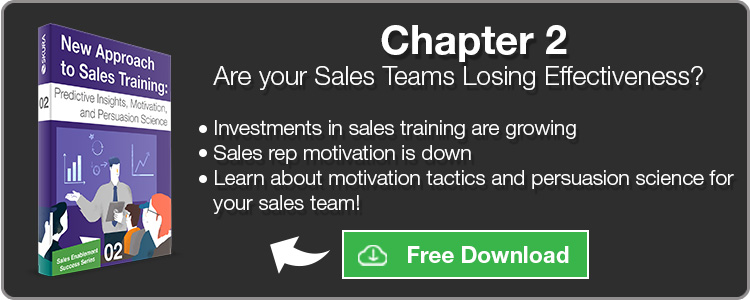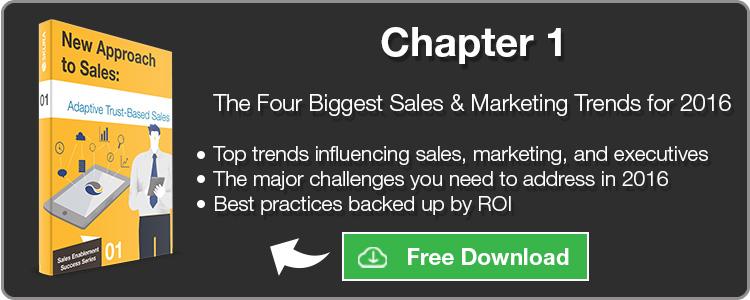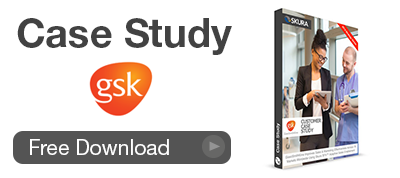Healthcare providers (HCP) are in a period of change that is reshaping the challenges of communicating and selling healthcare products. Millennials are on trend to represent a majority of HCPs within the coming decade, and with them comes an entirely new set of operating protocols for adding value and driving engagement through sales and marketing communications.
Today’s article explores the up and coming millennial healthcare provider (mHCP).

Millennial Health Care Providers Become the Majority,
Millennials are people aged 18 to 34, born after 1980 and before the mid 90’s.
In healthcare, millennials represent anywhere from 15% (Healthlink Dimensions, 2016) to 20% of the physician workforce (FSMB Census, 2014). As baby boomer physicians retire each year, the proportion of millennials working as HCPs will slowly creep to a majority. Some estimates suggest this point to be under a decade away; over half of all physicians being millennials by 2025 (HHN, 2013).
Millennial healthcare providers (mHCPs) are already driving demographic changes in the healthcare environment, as for the first time, there are more female HCPs among younger HCP age groups (CIHI, 2009; FSMB, 2014). But demographics aren’t the only big difference, many global cultures share common views of millennials being digital natives, entrepreneurs, ‘change’ seekers, social evangelicals, etc.
Here’s a few world perspectives on millennials;
In Norway,
“Generation Serious”
In China,
“Ken Lao Zu” – Those who bite the old folks
In Japan,
“Nagara-Zoku” – The people who are always doing two things at one”
(Source: Havaslynx, 2016)
In short, millennials are the generation that is concerned about the future, pioneering innovative processes in the face of steadfast traditions, and seemingly always multitasking.
Let’s see what this means for the millennial healthcare provider (mHCP).
Understanding Millennial Healthcare Providers
Where do they work?
While many see millennials as an entrepreneurial group paving the way forward by starting their own businesses, the trends for mHCPs paints a different picture.
A majority of millennial HCPs, up to 75% in one study, are found to have taken positions in larger management-led healthcare organizations such as IDNs. Although IDNs continue to grow in size, only 45% of older physicians work in management-led healthcare organizations, with most still working in a physician-led practice.
Most HCPs are preferring management-led practices for 3 common, largely risk averse, reasons.
- Less Risk – 18%
- Stable Compensation – 15%
- Higher Earning Potential – 27%
What this equates to is a growing physician group that have fewer direct responsibilities around purchasing, more formal treatment guidelines, and a focus on cost controls pressured by administrative teams that monitor and regulate spending.
Where do they Communicate?
While there is a steady trend moving away from the healthcare sales rep as a preferred medium of interaction, the millennials are leading this group by a noticeable margin. In an earlier article we revealed that only 11% of physicians desired an in person approach for healthcare sales, but this doesn’t mean they don’t want one at all – excluding millennials that is.
Older physicians still rate the Healthcare Sales Rep as a top 3 source for medical information, with 49% indicating so.
For millennials, that number drops to 34%. Meaning that millennials are 30% less likely to even consider the healthcare sales rep on their top 3 choices of information (Bain, 2015).
This is a growing problem for the healthcare industry, as mHCPs are continuing to grow in size, and physicians are already losing trust with the industry – findings in this article. It’s not that the sales rep isn’t desired, but rather, that they aren’t facilitating the roles and needs required by contemporary trends.
The mHCP is adopting an on-demand information provision established by other industries. Digital channels offer instant information for HCPs that need an answer without a sales pitch.
79% of physicians stated they initiate their medical information searches online, but only 23% stated they use industry sources (EPG Health Media, 2013).
MHCPs are migrating to dedicated peer based communities where collaboration and trustworthy engagement can occur openly. 2 examples include Doximity, used by over 60% of American physicians, and Sermo, used by over half a million physicians across 24 countries (Bain, 2015).
This is a dangerous trend for the industry, as links with HCPs are steadily eroding, and these relationships will be tougher earn back. Meanwhile, the valuable data inherent in digital interactions are being lost to 3rd party channels.
What do they Believe?
The personal views of mHCPs helps shape the most defining elements of what it means to engage and add value to the group as a whole.
A recent study of millennials found that 64% are either more brand-loyal than or as brand-loyal as their parents. As mHCPs gradually become a majority of the physician community, the healthcare industry will need to shift efforts across the sales process, and rebuild the trust that is slowly eroding away from mismatched engagement. Those who accommodate the needs of mHCPs first also stand the best chance at capturing loyalty from them.
Let’s take a look at persona values & personality,

(Image Source: Havaslynx, 2016)
Millennials are more rule-conscious, focused on perfectionism, and apprehensive than their older counterparts, and this may help explain why they are more willing to work for larger management-led healthcare organizations (Bain, 2015).
Meanwhile, a reduced self-reliance with greater openness to change offer’s an opportunity for the healthcare industry to reposition field reps for collaborative healthcare support, rather than volume sales and promotional communications that characterized the previous generation.
What do they Want?
MHCPs are adopting contemporary trends at a much faster rate than their older colleagues. Recall from above that mHCPs are the least likely to place the sales rep in a top 3 for sources of medical information.
Only 43% of mHCPs currently feel that their relationship with the healthcare industry is good, and 40% are completely dissatisfied with physical meetings (Havaslynx, 2016).
At the same time however, 54% believe that pharma still has a valuable role to play in successful patient outcomes.
An opportunity exists for the healthcare industry to shift their approach from the heavy in-person sales approach, and to a more supportive sales process that facilitates the co-execution of patient outcomes.
61% of physicians indicated that they would choose a treatment partially based on the availability of patient support programs, meanwhile digital approaches are gaining significant popularity, with a recent survey of physicians finding that 84% would prefer CME events to be held online (Havaslynx, 2016).
Communicating with mHCPs
MHCPs are the quickest to adopt new trends, and are much more open to change than the physicians who came before them. “The challenge to mHCPs will be to leverage their agile, iterative methodologies within an established, rigorous industry that, rightly, prioritises not failing” (Havaslynx, 2016).
Adding value and driving profitable interactions with mHCPs will require a change in the way that the industry chooses to communicate with mHCPs going forward.
In our next article we’ll explore the four essential communications approaches needed to add value to mHCPs more specifically.
A refresh of the selling platform is needed to move away from traditional approaches that no longer add value to contemporary mHCPs. We worked with GSK to enable tailored content for individual customers through pharma sales enablement technology assets that “completely re-energized the sales force.” Download the case study below to learn more.
If you’re looking for ways to target mHCPs with interactions that have a lasting impression, request a demo below and let our sales specialists show you just how easy it can be to refresh traditional healthcare sales tactics.














